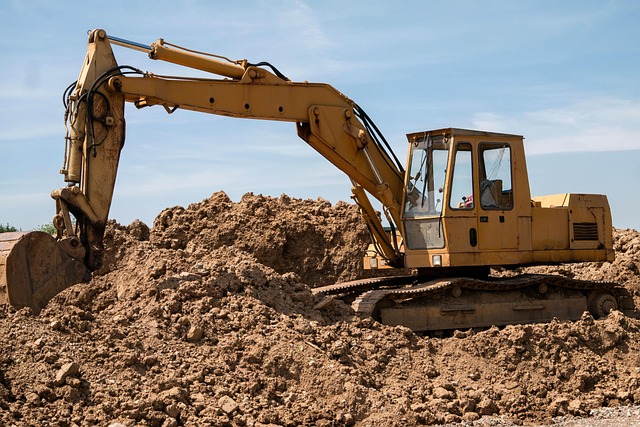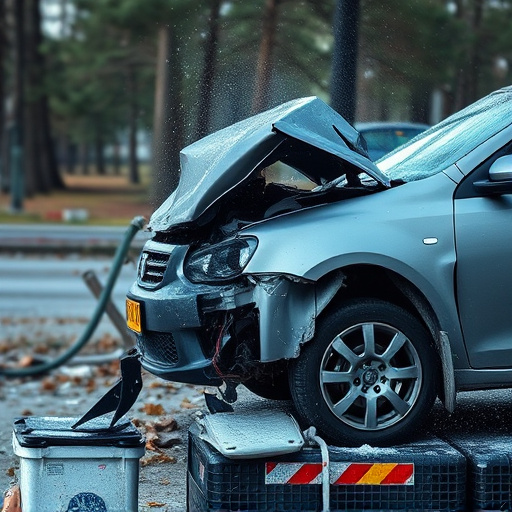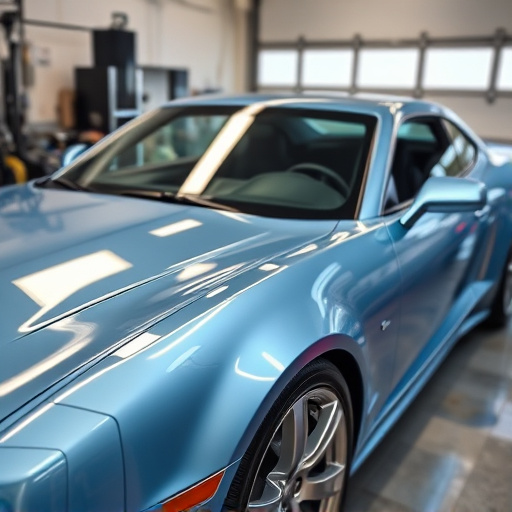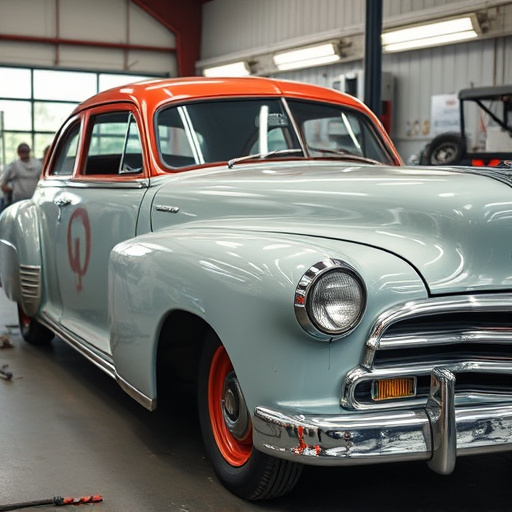Tesla OEM parts replacement is crucial for maintaining electric vehicle performance and safety. These parts ensure compatibility with advanced software systems. A structured approach, including proper tools and workspace preparation, is needed for installation. Software reinitialization post-replacement is vital for optimal functionality, involving wireless reconnections and system updates, similar to resetting a smartphone. Many owners seek professional help due to specialized tools and expertise required for ADAS features.
Tesla vehicles, known for their cutting-edge technology and innovative design, require proper care to maintain optimal performance. One crucial aspect is replacing parts with genuine Tesla OEM (Original Equipment Manufacturer) components. This article guides you through essential steps for successful Tesla OEM parts replacement and software reinitialization. Understanding the importance of original equipment ensures your vehicle retains its advanced capabilities, while the detailed process guarantees a seamless transition, keeping your Tesla running smoothly.
- Understanding Tesla OEM Parts Importance
- Step-by-Step Guide to Replacement Process
- Reinitializing Software After Part Swaps
Understanding Tesla OEM Parts Importance

Tesla OEM parts replacement is a crucial aspect of maintaining the performance and safety of your electric vehicle. Tesla’s original equipment manufacturer (OEM) parts are designed to fit perfectly and work seamlessly with your car’s sophisticated software systems. Using genuine Tesla parts ensures that your vehicle continues to operate efficiently, providing the same level of innovation and quality that Tesla is known for.
When considering auto body repair or general auto maintenance, it’s essential to prioritize using Tesla OEM parts. These parts are not just replacements; they are integral to keeping your car up-to-date with the latest software features and security updates. Car repair services that employ Tesla OEM parts replacement can help extend the lifespan of your vehicle while ensuring its continued connectivity and performance on the road.
Step-by-Step Guide to Replacement Process

Performing a Tesla OEM parts replacement is a process that requires precision and adherence to specific steps for optimal results. Start by identifying the damaged or worn component, whether it’s a panel, light, or sensor. Next, gather the necessary tools, including specialized bolts, washers, and any required sealing materials. Ensure your workspace is clean and well-lit to facilitate accurate measurements and installations.
Follow a step-by-step guide tailored for your Tesla model: begin by removing the existing part, taking note of its mounting points and any associated hardware. Clean the area thoroughly to ensure optimal adhesion for new parts. Install the new OEM part, aligning it precisely with the vehicle’s structure. Secure it using the appropriate fasteners, tightening them in a crisscross pattern for even tension. Finally, reinitialize the relevant software through your Tesla mobile app or in-car system to ensure seamless functionality after the replacement. For complex repairs, consider consulting a professional auto body shop for guidance on car body repair and vehicle dent repair.
Reinitializing Software After Part Swaps

After successfully performing a Tesla OEM parts replacement, reinitializing the software is a crucial step to ensure your vehicle functions optimally. This process involves reconnecting to wireless networks and updating various systems to match the original equipment manufacturer (OEM) specifications. It’s akin to resetting a smartphone after installing new hardware, ensuring all software components are synchronized and functioning correctly.
Reinitialization can sometimes be triggered manually or automatically by the vehicle’s system. For instance, if you’ve replaced a part like a sensor or control unit, the car may need to recalibrate its performance parameters. This is particularly true for parts like a collision detection sensor, which plays a vital role in safety features. Many Tesla owners opt to visit an automotive body shop or collision repair shop for this process, as specialized tools and expertise are required to perform it accurately, ensuring the vehicle’s advanced driver-assistance systems (ADAS) remain reliable and effective.
In conclusion, performing Tesla OEM parts replacement and software reinitialization is a crucial process for maintaining optimal vehicle performance. By following these structured steps outlined in this article, owners can effectively manage part swaps while ensuring their electric vehicles remain in top condition. Regularly adhering to these practices is key to harnessing the full potential of your Tesla, allowing you to enjoy its advanced technology and sustainable mobility without compromise.













